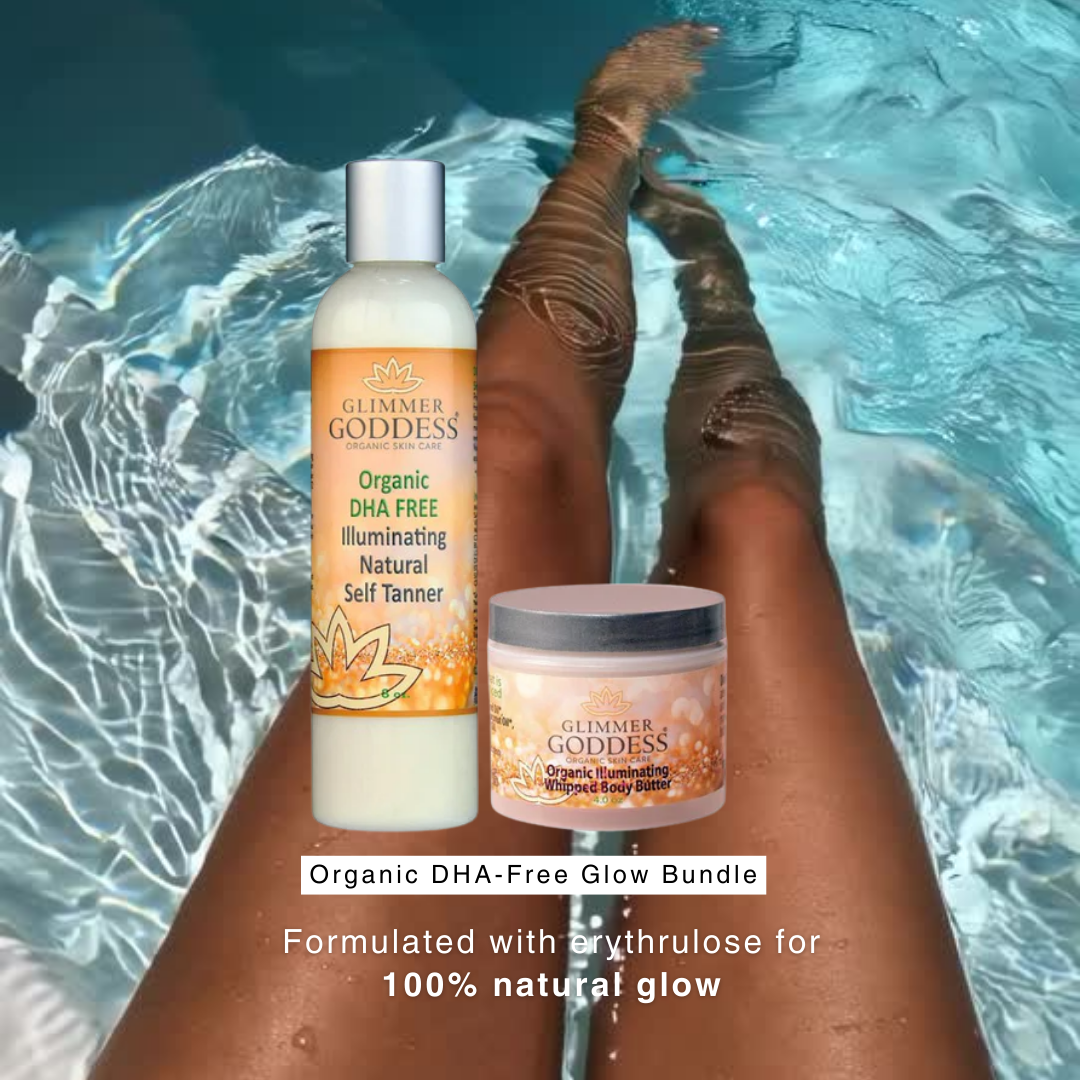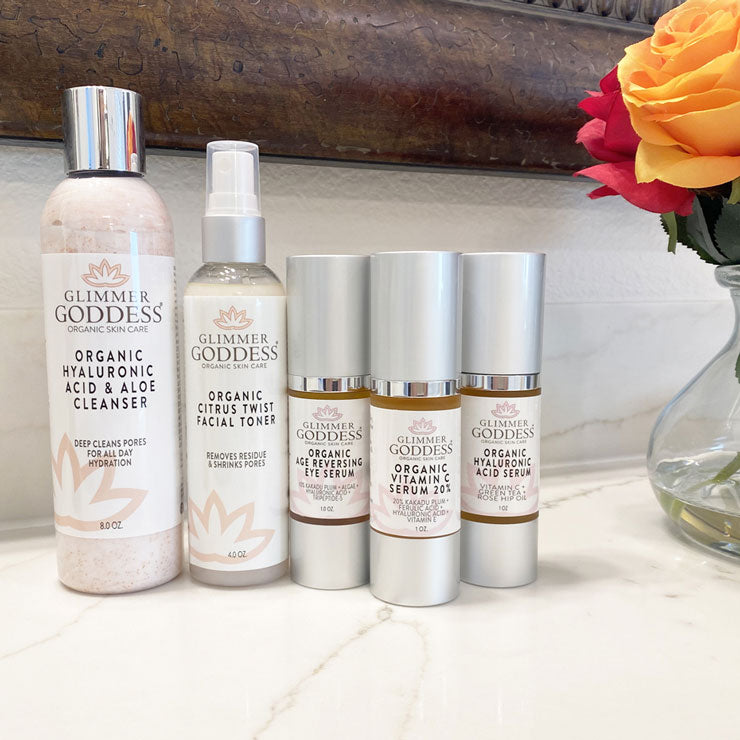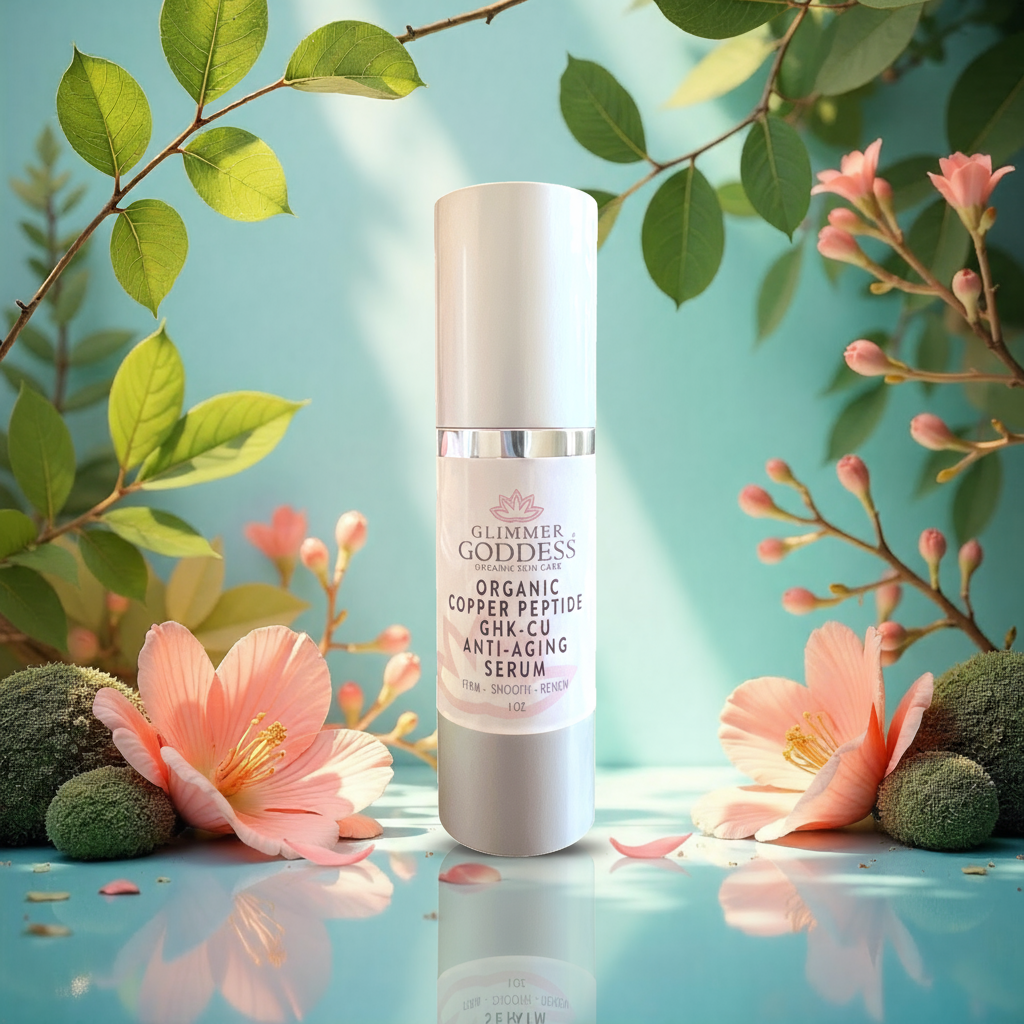
Organic DHA-Free Self Tanner + Bronzing Shimmer Bundle — Guide
How to Choose & Use a Self Tanner: Fixes, Face Options, Fair Skin & Drugstore Picks
Self-tanning can give you a healthy, sun-kissed glow without UV damage — if you pick the right product and apply it correctly. Below are direct answers to common questions people search for, plus practical tips for flawless, natural results.
Common questions answered
1. What is the best self tanner at Walmart?
Walmart carries a wide range of self-tanners from gradual lotions to instant bronzers and spray options. The best pick depends on what you want:
- For gradual, buildable color: choose a lotion with erythrulose or low-percentage DHA for subtle, natural development.
- For quick glow: a bronzing lotion or tinted mousse gives instant color while developing deeper tones over 6–8 hours.
- For sensitive skin or pregnancy safety: look for plant-based, DHA-free or low-irritant formulas with nourishing ingredients like aloe, shea, and squalane.
If you want a clean, organic, DHA-free option that hydrates while tanning, try .
2. How do I fix an orange spray tan?
An orange cast happens when the color develops unevenly or the formulation oxidizes unusually. Try these fixes:
- Immediate correction: Gently exfoliate with a loofah or an exfoliating mitt using warm water and a mild scrub or a paste of baking soda and water to lift excess pigment.
- Color balancing: Apply a small amount of body moisturizer mixed with a drop or two of a purple/blue-tinted lotion (color-correcting) to neutralize warm, orange tones. Test on a small area first.
- Spot treat: For small patches, dilute regular body wash with lemon juice or white vinegar, rub gently, then moisturize. Be careful on sensitive skin.
- Blend edges: Use a gradual self-tanner or tinted moisturizer to even out tones while the skin fades naturally over a few days.
3. What is the best self tanner at the drugstore?
Drugstore winners are those that combine predictability, gentle ingredients, and easy application. When shopping at a drugstore look for:
- Clear application method you prefer (lotion, mousse, spray).
- Gradual options for first-timers — less chance of streaking or over-application.
- Formulas with moisturizing agents (glycerin, shea, squalane) and gentle tanning actives like erythrulose.
- Products labeled non-comedogenic if you’re concerned about breakouts.
Even at a drugstore, test a small patch first and follow application tips below for best results.
4. What is the best self tanner for fair skin?
Fair skin needs a light, gradual approach to avoid an unnatural orange or muddy look. Choose:
- A "light" or "fair" shade if the brand specifies options by skin tone.
- Gradual formulas you can layer — start with a thin coat and build slowly over several days.
- Products using erythrulose or low DHA — they develop slowly and tend to look more natural on fair skin.
- Application tips: dilute self-tanner with your daily lotion for the face and very fair areas, and use a tanning mitt for even coverage.
5. What self tanner is best for the face?
The face needs lightweight, non-comedogenic formulas that won’t clog pores or feel heavy. Look for:
- Facial-specific self-tanners or a lightweight gradual tanner designed for the face.
- Oil-free, fast-absorbing textures and non-comedogenic labeling for acne-prone skin.
- Added skincare benefits like hyaluronic acid, niacinamide, or antioxidants for hydration and evenness.
- Apply sparingly: mix with your favorite moisturizer and blend evenly. Avoid the eyebrows and hairline or use a small brush to control application.
How to prep and apply a self tanner for the best results
- Exfoliate 24 hours before: Focus on rough spots (knees, elbows, ankles) to avoid patchiness.
- Moisturize dry areas first: Apply a light layer of lotion to knees, elbows, hands, and feet so they don’t absorb excess pigment.
- Use a mitt: For even coverage and to protect hands from staining.
- Apply in thin layers: Start conservatively and build color over a few applications.
- Allow proper dry time: Wait the recommended time before dressing and avoid sweating for a few hours.
- Maintain: Moisturize daily to extend the life of the tan and exfoliate gently when you want to fade it faster.
Troubleshooting common problems
- Streaks: Lightly exfoliate and reapply a thin layer to blend. Use a tanning mitt and circular motions next time.
- Patches: Moisturize patchy areas and apply a small amount of diluted tanner to blend.
- Smell: Choose formulations with natural fragrances or added botanicals; washing with a gentle body wash can reduce residual odor.
Quick safety tips
- Patch test any new tanner 24–48 hours before full use.
- Avoid inhaling spray tanners — protect eyes, mouth, and nostrils during application.
- Use sunscreen daily — self-tanner does not provide sun protection.
- If pregnant or sensitive, prefer plant-based, low-irritant or DHA-free options and consult your provider if unsure.
With the right product and technique, you can achieve a natural, healthy glow without sun exposure. Start light, build slowly, and use moisturizers to keep the color even and long-lasting.







